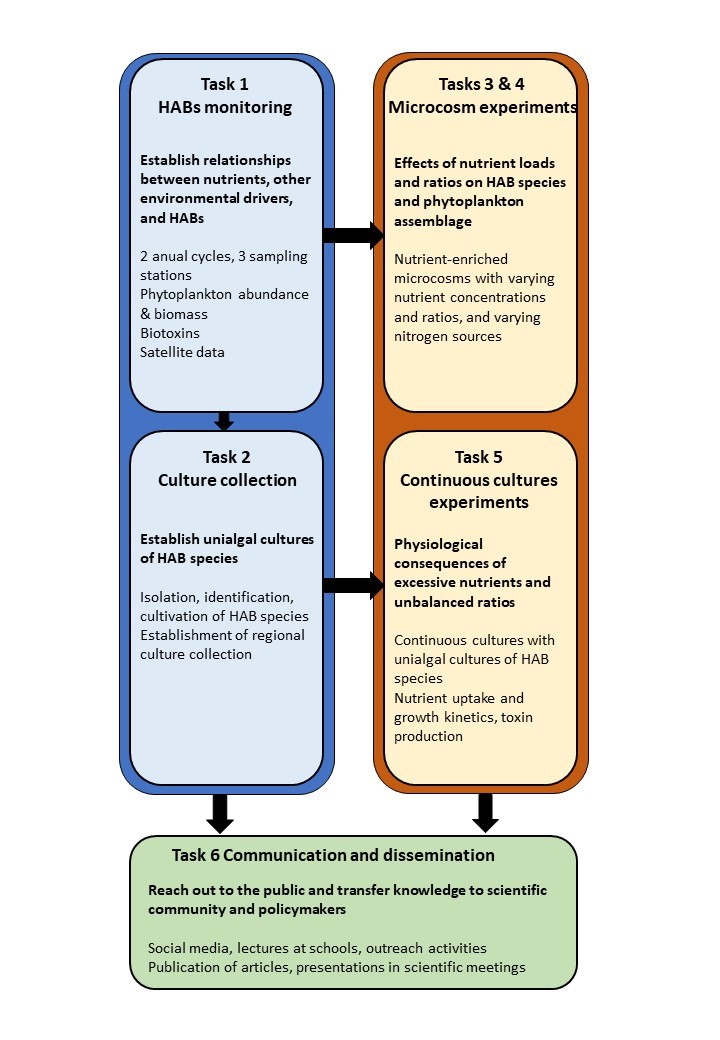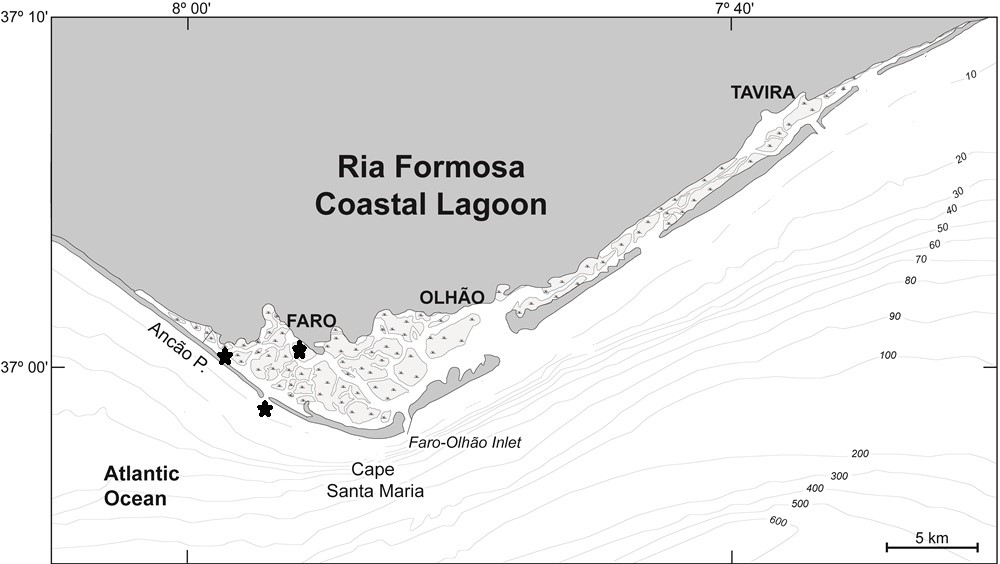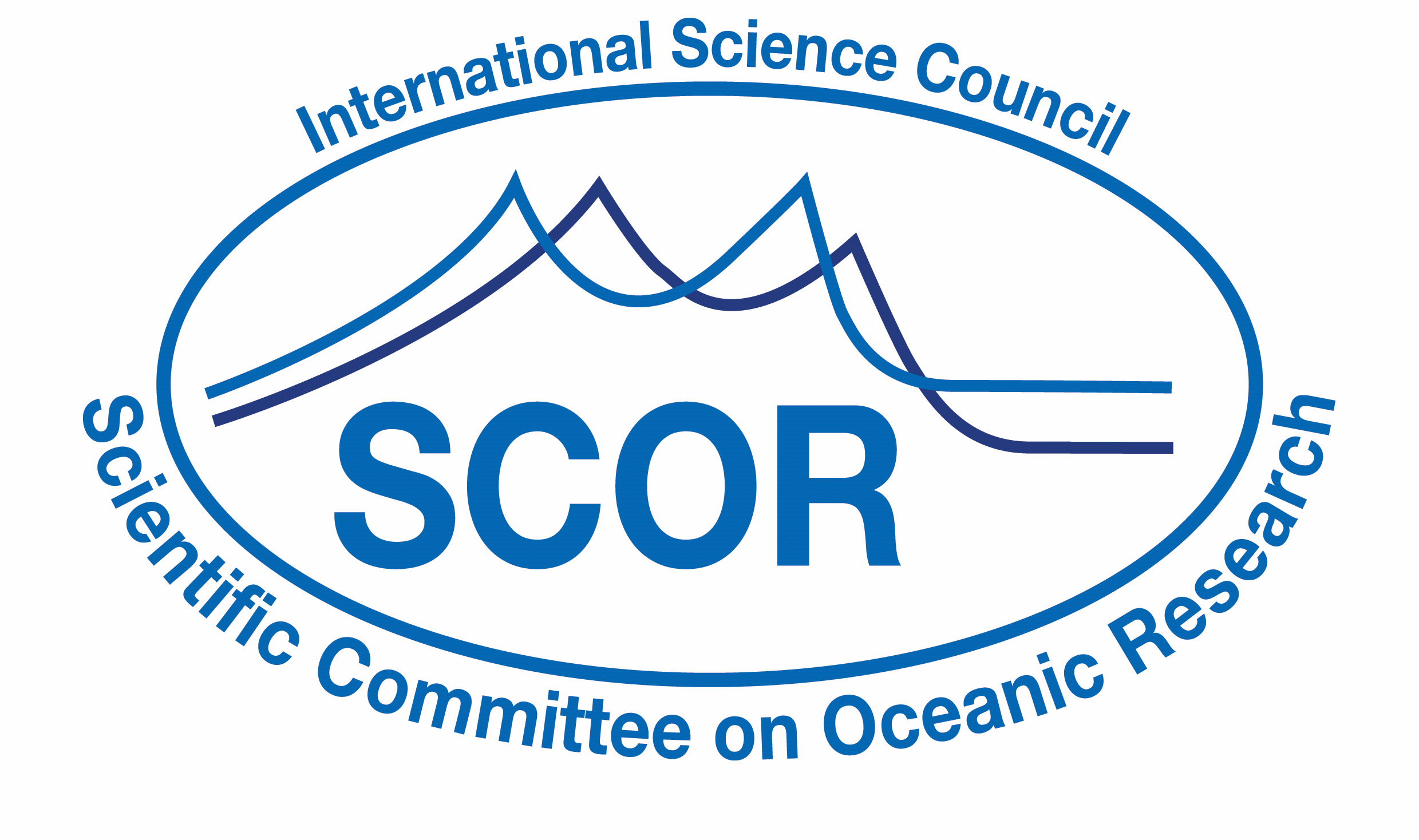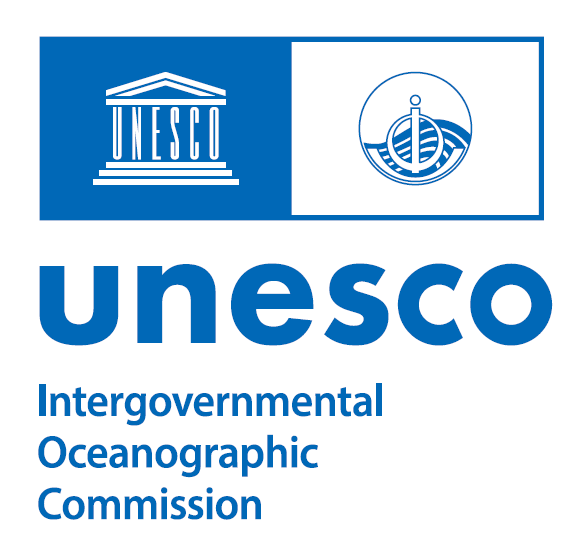PROJECT TITLE: Unravelling the influence of nutrients and eutrophication on the development of harmful algal blooms in coastal waters
Acronym: NutriHABs
Time frame: January 2022 - December 2024
Principal Investigator: Rita Domingues,PhD
Address: Centre for Marine and Environmental Research (CIMA), University of Algarve, Campus de Gambelas, 8005-139 Faro, Portugal
Phone: +351 289 800 900
Email: This email address is being protected from spambots. You need JavaScript enabled to view it.
Home Page URL: https://sites.google.com/view/ritabdomingues
Other Key Persons:
Ana Barbosa, PhD, CIMA-University of Algarve
Ana Amorim, PhD, MARE-University of Lisbon
Pedro Reis Costa, Portuguese Institute of Sea and Atmosphere
Helena Galvão, PhD, CIMA-University of Algarve
Alexandra Cravo, PhD, CIMA-University of Algarve
PROJECT DESCRIPTION:
With this project, we expect to contribute to the advance of HAB science, by improving our understanding of how inorganic and organic nutrients and their ratios modulate HAB events and toxin production, by and identifying patterns of HAB development and their association with nutrient status. In addition, we expect to provide a solid scientific basis for the prediction and management of HABs in coastal ecosystems, as understanding the link between different forms of nutrients and the occurrence of HABs and their harmful effects is fundamental for the design and implementation of effective management strategies. To accomplish our goals, we will use the Ria Formosa coastal lagoon and adjacent coastal waters as case study.
The Ria Formosa coastal lagoon (southern Portugal) is a shallow multi-inlet system subjected to multiple anthropogenic stressors. The occurrence of HABs is common in the Ria Formosa, leading to the interdiction of shellfish harvesting that may extend for long periods, affecting human health, and economic and tourism activities. Toxins associated with amnesic, diarrheic, and paralytic shellfish poisoning have already been identified in the Ria Formosa. Despite highly toxic, most of these HABs are low-biomass events; however, in June 2019 a high-biomass bloom caused an extensive red tide in the region, leading not only to bivalve harvesting interdiction, but also to beach closure. The frequency and intensity of HABs in this region has, indeed, been increasing over the years.
The lagoon is subjected to several anthropogenic sources of nutrients, and eutrophication may be a main driver of HABs in this ecosystem.
The main goal of this project is to determine how the availability and utilization of multiple forms of nutrients influence the occurrence of different types of HAB-forming species and their harmful effects in the Ria Formosa coastal lagoon and adjacent coastal waters. Specific goals are:
- To observe and describe the relationships between nutrients, other environmental determinants, and HABs in the Ria Formosa coastal lagoon and adjacent coastal waters, throughout two annual cycles.
- To establish unialgal cultures of harmful algal species from the Ria Formosa coastal lagoon and adjacent coastal zone.
- To evaluate the effect of increased nutrient loads of N (nitrate, ammonium, urea), P and Si, on the growth and toxin production of harmful (and non-harmful) algal species, using natural phytoplankton microcosms.
- To evaluate the effect of varying nutrient ratios and nitrogen source (nitrate, ammonium, urea), on the growth and toxin production of harmful (and non-harmful) phytoplankton species, using natural phytoplankton microcosms.
- To understand the physiological consequences of excessive nutrients and unbalanced ratios on nutrient uptake and growth kinetics, and toxin production of relevant harmful phytoplankton species.
Our approach will include descriptive field observations and manipulative laboratory experiments, namely a 2-year monitoring in three distinct areas in the Ria Formosa and adjacent coastal areas, nutrient manipulation experiments using natural phytoplankton microcosms, and nutrient uptake experiments using unialgal cultures of relevant harmful species.


